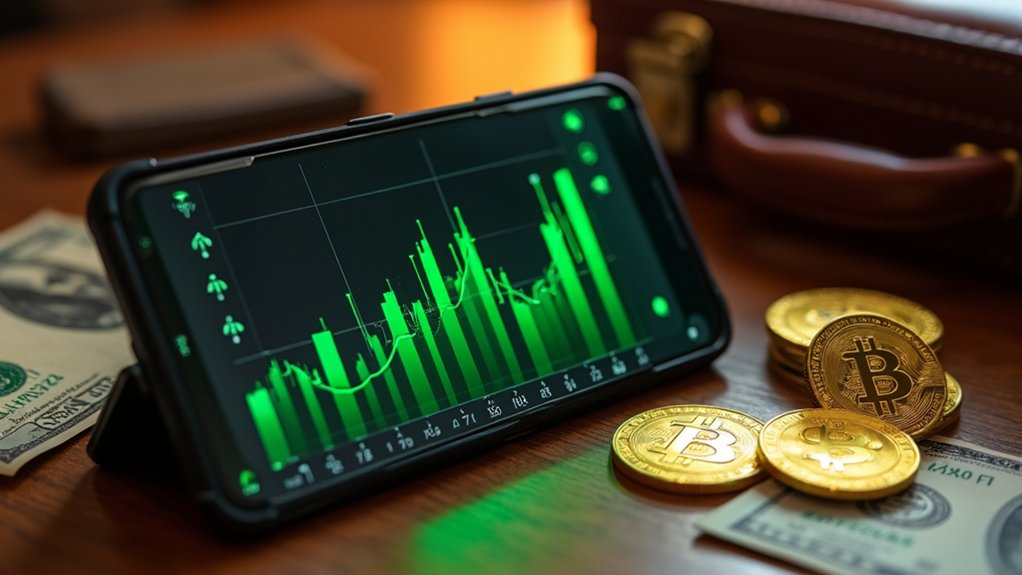Block Inc., the payments company that began life as a humble Square card reader and has since evolved into a Bitcoin-hoarding fintech conglomerate, officially entered the S&P 500 on July 23, 2025, replacing Hess Corp. following its acquisition by Chevron. The inclusion marks a peculiar milestone in financial history—Block becomes the third public company with Bitcoin holdings to join an index that tracks America’s 500 largest publicly-listed companies, collectively worth over $50 trillion as of Q1 2025.
The announcement triggered a 14% surge in Block’s NYSE shares, though this merely represented a partial recovery from the company’s brutal 22% decline during the first half of 2025 (apparently, even Bitcoin enthusiasts occasionally worry about mundane concerns like earnings). Block’s approximately 8,584 BTC holdings, valued near $1 billion, position the company as the 13th-largest corporate Bitcoin holder—a distinction that now grants passive S&P 500 investors unwitting exposure to cryptocurrency volatility.
Passive investors now hold Bitcoin exposure through a payments company that treats cryptocurrency holdings as legitimate corporate treasury strategy.
What makes Block’s ascension particularly intriguing is its metamorphosis from a simple point-of-sale provider into a financial services behemoth. Cash App, with its 57 million active users, has evolved beyond peer-to-peer payments into a quasi-banking platform offering consumer loans through its regulatory-approved subsidiary, Square Financial Services Inc. The company’s merchant-focused Square terminals now support Bitcoin payments, enabling businesses to accept cryptocurrency directly through Block’s hardware infrastructure.
This transformation places Block in direct competition with PayPal’s Venmo and digital banks like Chime—a crowded arena where execution, not innovation, typically determines survival. For merchants seeking broader cryptocurrency acceptance, established platforms like CEX.IO offer businesses the ability to buy, sell over 100 digital assets while maintaining compliance with global regulatory standards.
Wall Street’s cautious optimism reflects a broader tension: while analysts acknowledge Block’s innovative approach to blending traditional financial services with cryptocurrency infrastructure, they remain fixated on the company’s ability to monetize its substantial user base profitably. The competitive fintech landscape demands more than clever Bitcoin accumulation strategies and sleek mobile interfaces.
Block’s S&P 500 inclusion signals institutional acceptance of crypto-aligned fintech firms as legitimate economic functions rather than speculative curiosities. Whether this represents prescient recognition of digital asset infrastructure‘s long-term viability or simply another chapter in finance’s ongoing flirtation with technological disruption remains an open question.
For now, passive fund inflows and increased institutional attention provide Block with a valuable runway to prove its business model’s sustainability.









